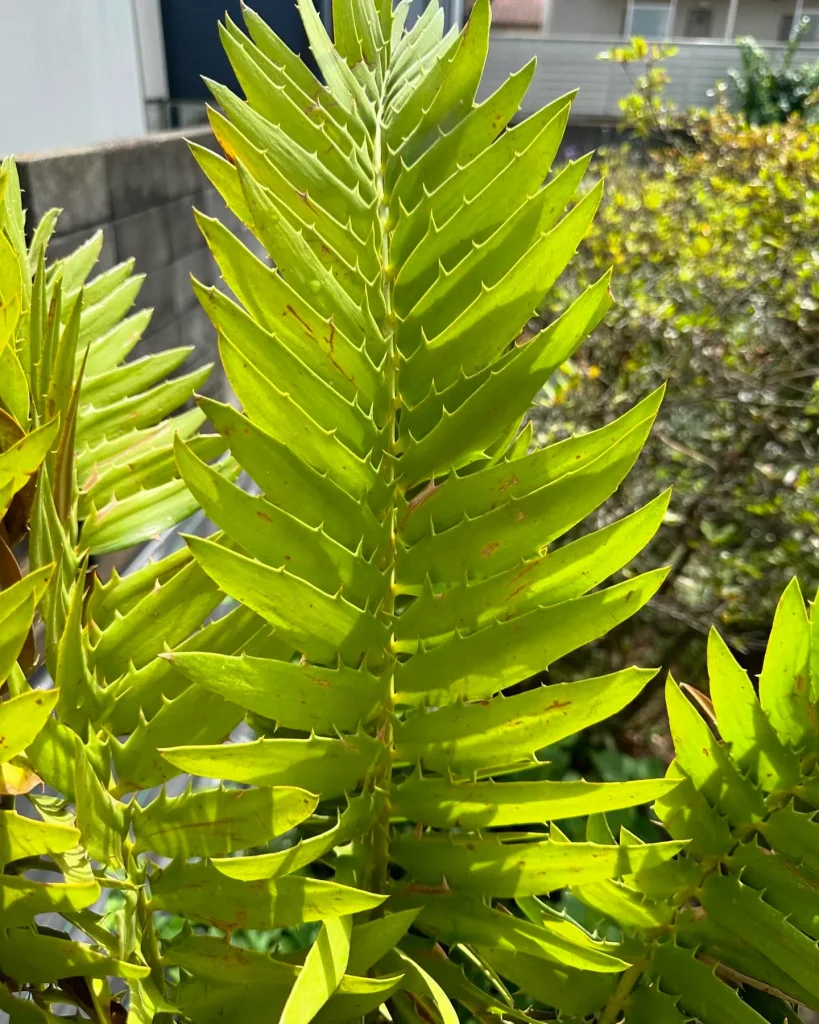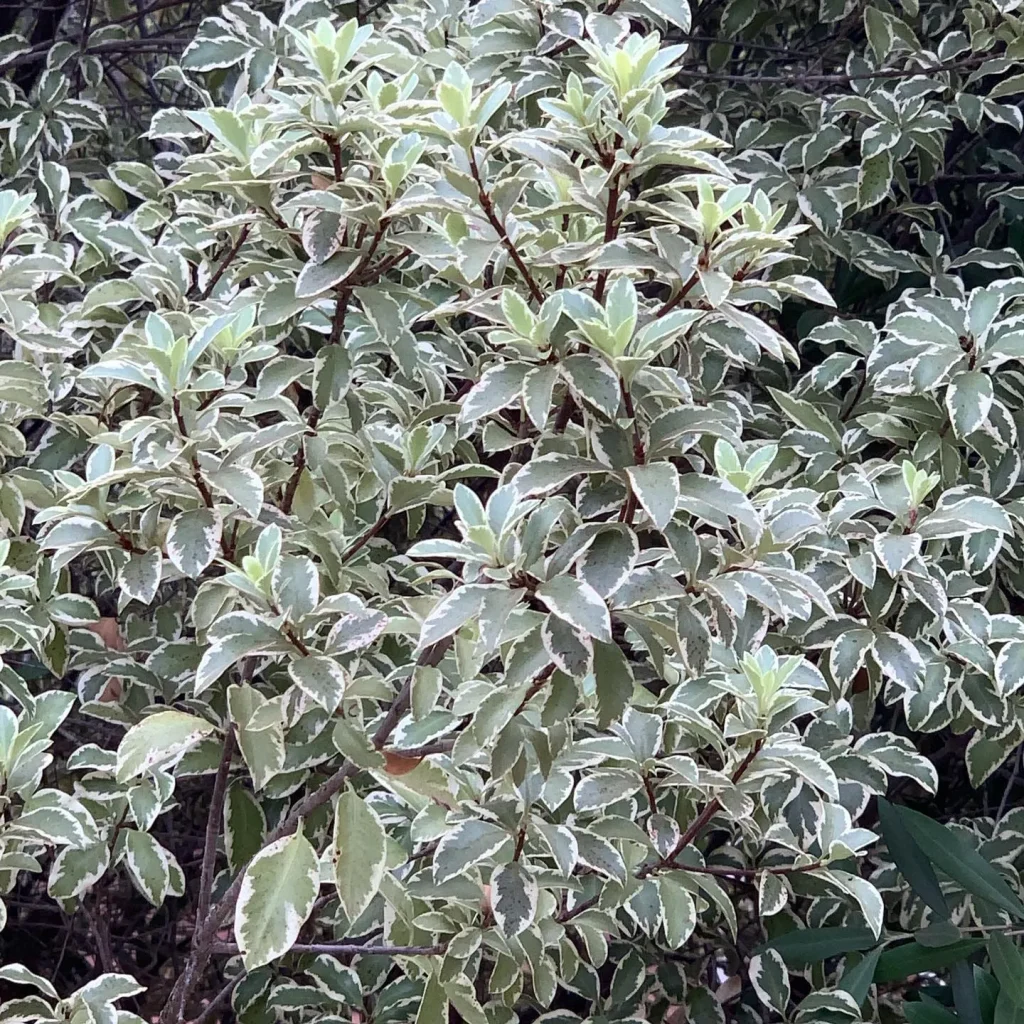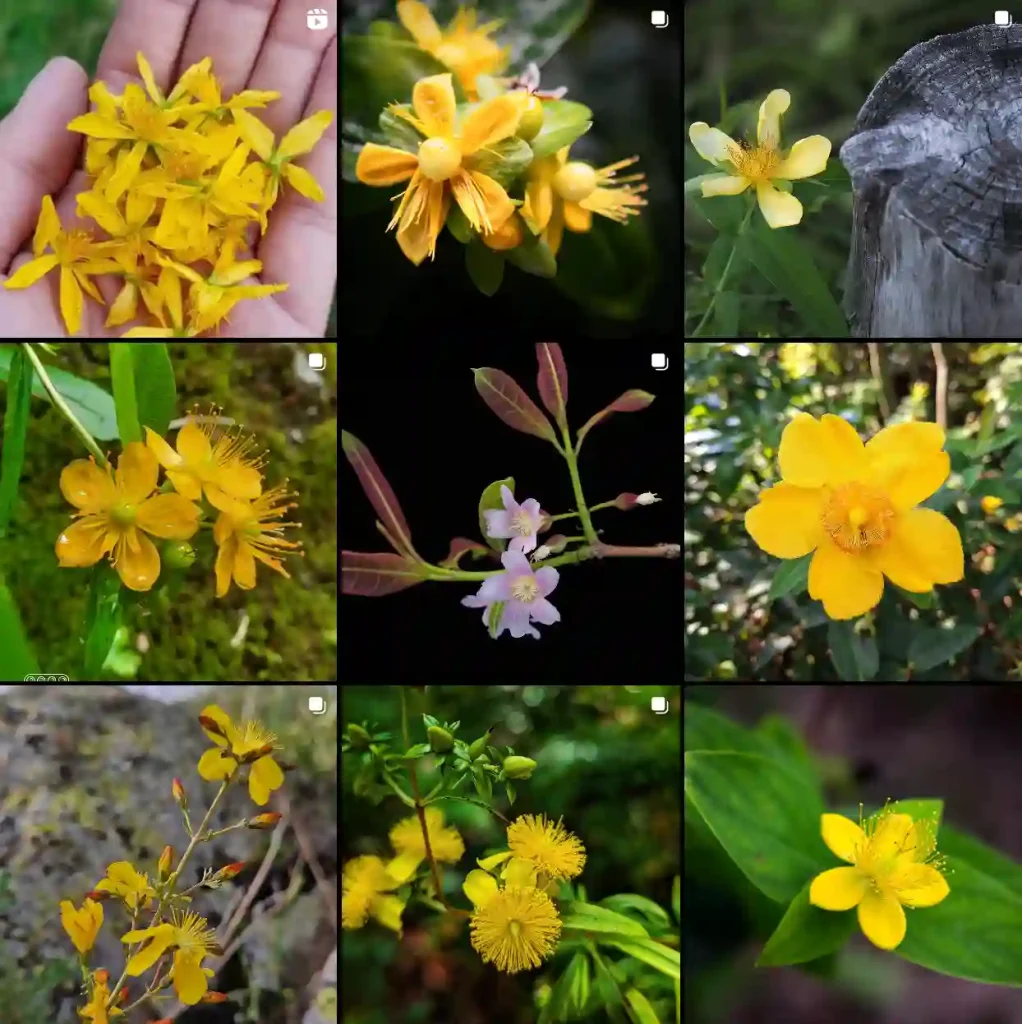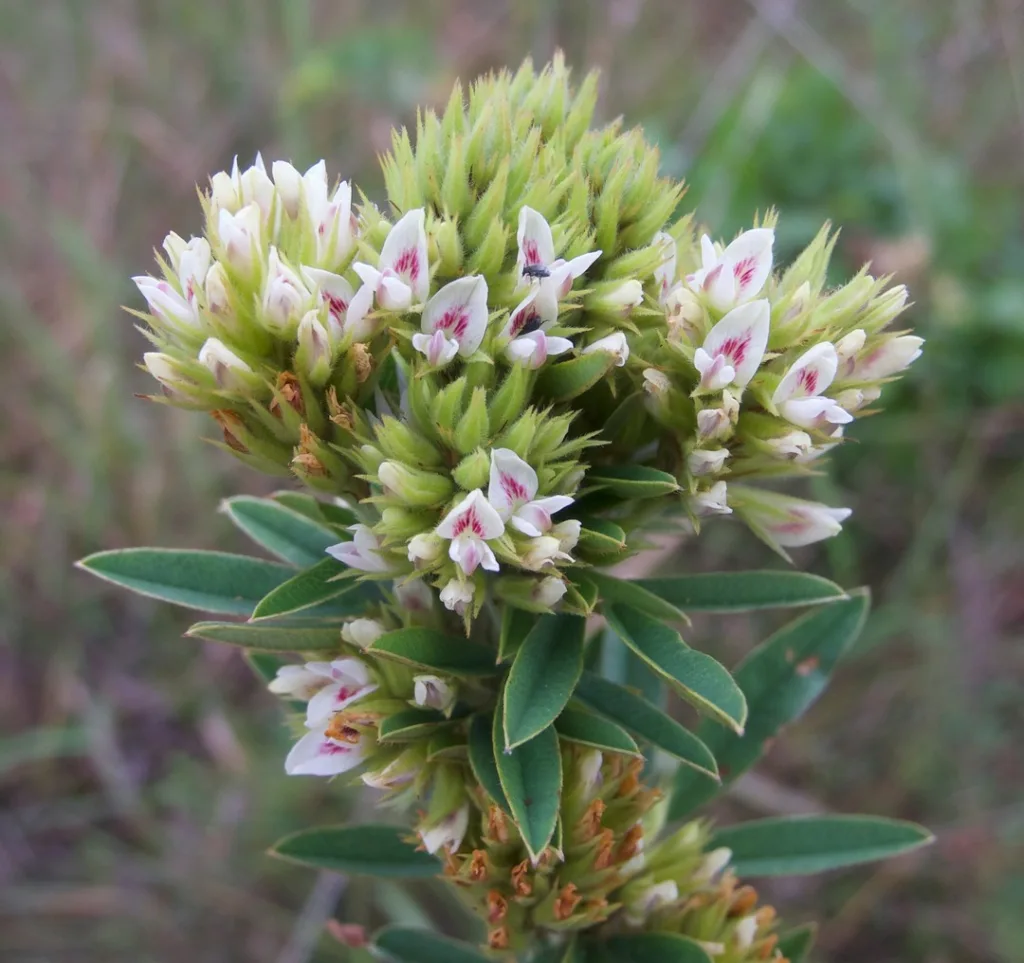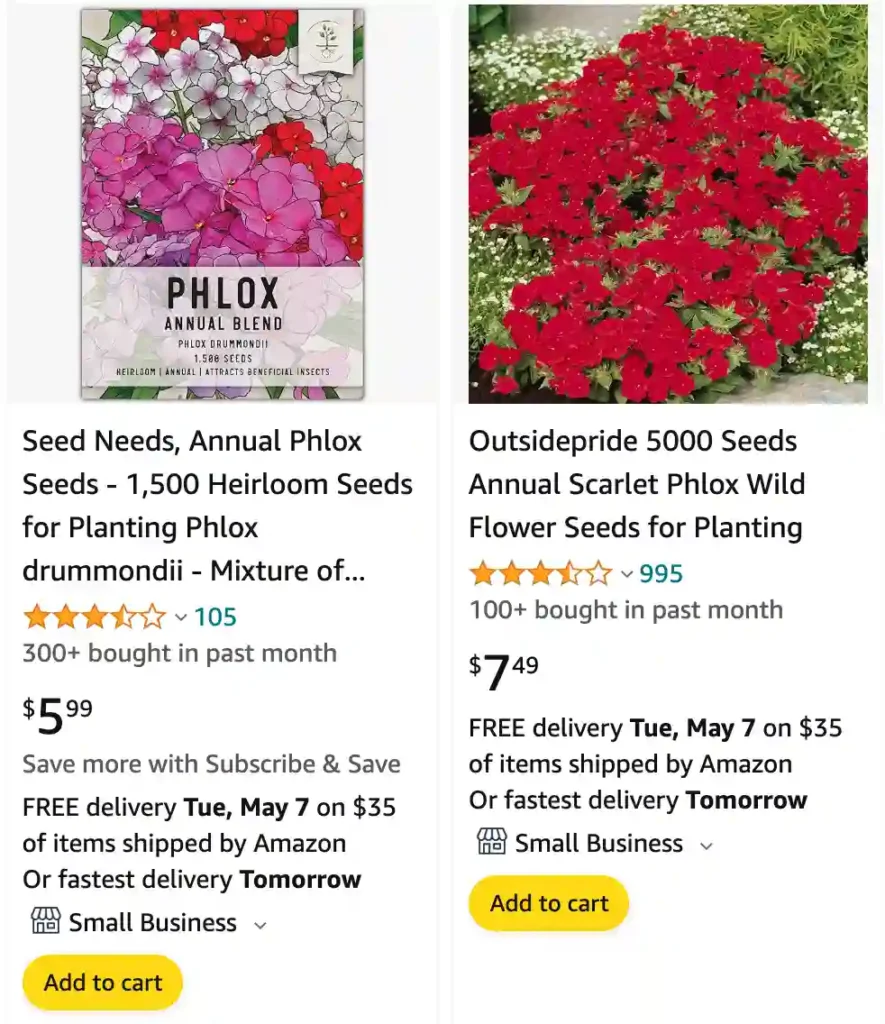
Phlox: A Floral Flame
My name is Ferb Vu, and I’ve always been drawn to the vibrant hues and delicate beauty of flowering plants. Among my favorites is the Phlox, a genus boasting a diverse array of colors and forms belong to the Polemoniaceae family. The name itself, derived from the Greek word for “flame,” speaks to the fiery brilliance these flowers bring to gardens and natural landscapes.
A Diverse Genus
Phlox is a genus of around 70 species, primarily native to North America with a lone representative found in Siberia. These plants are incredibly versatile, thriving in a variety of habitats, from alpine tundra to open woodlands and prairies. This adaptability makes them a popular choice for gardeners of all skill levels.
Here’s a list of some of Phlox species:
- Phlox aculeata A.Nelson
- Phlox adsurgens Torr. ex A.Gray
- Phlox albomarginata M.E.Jones
- Phlox alyssifolia Greene
- Phlox amabilis Brand
- Phlox amoena Sims
- Phlox amplifolia Britton
- Phlox andicola (Britton) E.E.Nelson
- Phlox austromontana Coville
- Phlox bifida L.C.Beck
- Phlox buckleyi Wherry
- Phlox caespitosa Nutt.
- Phlox carolina L.
- Phlox caryophylla Wherry
- Phlox cluteana A.Nelson
- Phlox colubrina Wherry & Constance
- Phlox condensata (A.Gray) E.E.Nelson
- Phlox cuspidata Scheele
- Phlox diffusa Benth.
- Phlox dispersa Sharsm.
- Phlox divaricata L.
- Phlox dolichantha A.Gray
- Phlox douglasii Hook.
- Phlox drummondii Hook.
- Phlox floridana Benth.
- Phlox glaberrima L.
- Phlox glabriflora (Brand) Whitehouse
- Phlox gladiformis (M.E.Jones) E.E.Nelson
- Phlox × glutinosa Buckley
- Phlox griseola Wherry
- Phlox hendersonii (E.E.Nelson) Cronquist
- Phlox hirsuta E.E.Nelson
- Phlox hoodii Richardson
- Phlox idahonis Wherry
- Phlox kelseyi Britton
- Phlox longifolia Nutt.
- Phlox maculata L.
- Phlox mesoleuca Greene
- Phlox mexicana Wherry
- Phlox missoulensis Wherry
- Phlox mollis Wherry
- Phlox multiflora A.Nelson
- Phlox nana Nutt.
- Phlox nivalis G.Lodd. ex Sweet
- Phlox oklahomensis Wherry
- Phlox opalensis Dorn
- Phlox ovata L.
- Phlox paniculata L.
- Phlox pattersonii Prather
- Phlox peckii Wherry
- Phlox pilosa L. Plant FAQs: Phlox Pilosa
- Phlox pulchra (Wherry) Wherry
- Phlox pulvinata (Wherry) Cronquist
- Phlox pungens Dorn
- Phlox × pyramidalis Sm.
- Phlox richardsonii Hook.
- Phlox rigida Benth.
- Phlox roemeriana Scheele
- Phlox sibirica L.
- Phlox solivaga Mayfield & Darrach
- Phlox speciosa Pursh
- Phlox stolonifera Sims
- Phlox subulata L.
- Phlox tenuifolia E.E.Nelson
- Phlox triovulata Thurb. ex Torr.
- Phlox variabilis Brand
- Phlox vermejoensis B.S.Legler
- Phlox viridis E.E.Nelson
- Phlox viscida E.E.Nelson
- Phlox woodhousei (A.Gray) E.E.Nelson
Do deer eat phlox?
I planted some beautiful creeping phlox last year for a pop of color along the walkway. At first, I was worried because everyone kept mentioning deer trouble in our area. To my relief, the phlox seems to be unbothered! It’s thriving and spreading nicely, with those lovely pink blooms all spring. Maybe the deer find the smell off-putting, or maybe they just have tastier options nearby. Whatever the reason, I’m glad these little flowers are holding their own against the local Bambi brigade.
Is phlox poisonous to dogs?
I can’t say I’ve ever had a problem with the dog nibbling on the phlox in the yard. Luckily, it seems they have no interest in them whatsoever. Maybe the fuzzy texture puts them off, or perhaps they just don’t find them very tasty. Either way, it’s a relief knowing the phlox are safe for them to sniff around. It would be a shame to have to worry about keeping them away from such a pretty part of the garden.
Do rabbits eat phlox?
Uh oh, this one worries me. Those darn rabbits seem to have a taste for everything in my yard! I just planted some phlox this year, hoping for a burst of summer color, and now I’m imagining them getting devoured overnight. I’ve heard horror stories from other gardeners about rabbits feasting on phlox, especially the woodland ones. Maybe I should have gone with a different flower… Here’s hoping they find something else more appealing to munch on, or maybe I can figure out a way to deter them before they discover my phlox buffet.
How to deadhead phlox?
Deadheading my phlox has become a satisfying little ritual during the blooming season. It’s amazing how those spent flowers can bring down the whole look of the plant! I use sharp hand pruners to snip off the faded blooms, usually just above where a healthy set of leaves joins the stem. Sometimes I can pinch them off with my fingers if they’re really wilted, but pruners give me more control. It’s like giving the plant a haircut, encouraging it to put its energy into new blooms instead of wasting it on those past their prime. And let me tell you, it works! Fresh flowers seem to pop up even faster after a good deadheading session, keeping my phlox looking vibrant all summer long.
What does creeping phlox look like when not in bloom?
Even when my creeping phlox isn’t bursting with colorful blooms, it still adds a touch of charm to the garden. It forms a dense, low-growing mat of needle-like leaves. These aren’t the flimsy needles you might find on a pine tree, but more substantial and a vibrant green color. The whole effect reminds me a bit of moss, which is why it has the nickname “moss phlox.” Honestly, it’s a pretty neat groundcover even without the flowers. It fills in gaps nicely and creates a neat, tidy look that makes the whole garden feel polished. Plus, the green foliage stays bright all through the season, adding some life to the garden even after the spring blooms fade.
How long do phlox bloom?
My phlox put on a fantastic show, but it’s not an all-summer extravaganza. Those beautiful blooms last for a good chunk of spring and early summer, depending on the variety. The creeping phlox I have seems to flower for about three to four weeks, with a dense carpet of pink blooms that fill the walkway. It’s a glorious sight! Then they start to fade, but I hear some taller phlox varieties can keep blooming for six weeks or even longer. To extend the phlox party in my garden, I’m thinking about planting some different types next year, maybe some that bloom at different times. That way, I can have phlox blooms gracing the garden for a good part of the season. Wouldn’t that be lovely?
How to propagate phlox?
Propagating my phlox has been a fun way to get even more of these beauties in the garden. I’ve tried a couple of methods with good results. Dividing established phlox clumps in early spring seems like the easiest way. You just carefully dig up the whole plant and tease the roots apart into smaller sections. Each section gets planted in a new spot, and voila, instant phlox babies! This way, I can share some with friends or fill in more gaps in my own garden beds. Another method I’m trying this year is stem cuttings. I take a healthy shoot in early summer, snip off the lower leaves, and plant it in a pot with a well-draining mix. Keeping it moist and shaded for a while seems to help. If all goes well, I’ll have some new phlox plants ready to transplant next year. Wish me luck!
When to plant phlox seeds?
Ah, phlox seeds! This depends a bit on your climate and whether you’re feeling patient. Since I’m eager to see those blooms sooner rather than later, I tend to start my phlox seeds indoors in late March or April. That way, by the time all danger of frost has passed, I have healthy little seedlings ready to transplant outside. They get a head start on the season and usually reward me with blooms by mid June or early July. Of course, some folks swear by direct sowing outdoors in spring once the soil warms up. It’s definitely less work, but the flowers might not appear until later in summer. There’s also the option of fall sowing outdoors in colder climates, but I haven’t tried that one yet. Maybe next year I’ll be brave and experiment with both methods to see what works best for me.
Is phlox invasive?
In my experience, phlox itself hasn’t been invasive in my garden. The creeping phlox I have spreads nicely to fill in bare spots, but it stays contained and doesn’t aggressively take over. However, I have heard warnings about Dame’s Rocket, which looks similar to phlox but can be a real bully in some areas. It’s important to know what kind of phlox you have and check if it’s considered invasive where you live. Maybe I should do some research on Dame’s Rocket, just to be safe. Wouldn’t want anything to threaten my beloved phlox patch!
Will phlox grow in shade?
Absolutely! But it depends on the type of phlox. My creeping phlox thrives in partial shade, especially in the hotter parts of summer. The afternoon sun can scorch the blooms a bit, so the dappled light it gets under the taller perennials works perfectly. However, some phlox varieties, like the tall garden phlox, are real sun worshippers. They need at least 6-8 hours of direct sun to flower their best. So, when choosing phlox, it’s all about knowing the variety and picking one that suits the amount of sun you have available. With a little planning, you can definitely enjoy these beauties in your shady or sunny spots!
If i die, water my plants!
